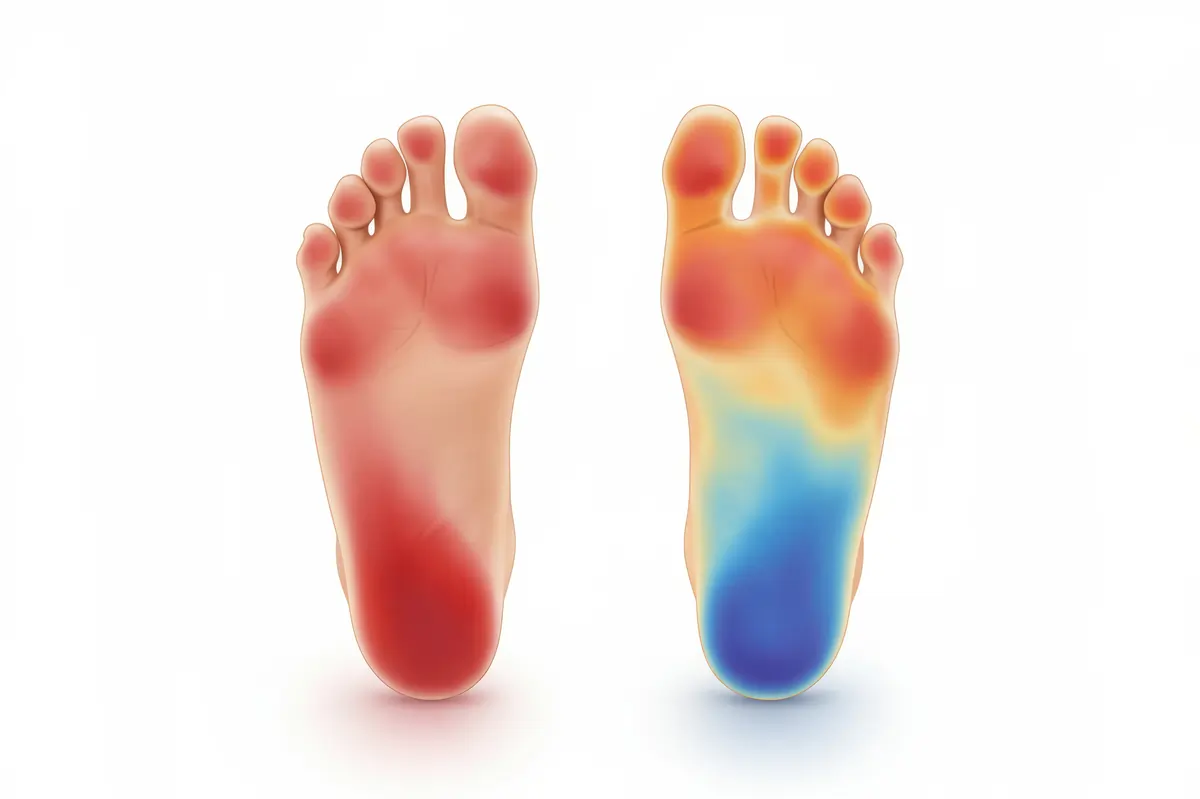
 There are many ways that bunions are fixed depending on the severity of the deformity. Most cases involve first removing the bony prominence at the base of the great toe and then a bone cut, or osteotomy, to the metatarsal head to realign the joint. The bone cut is then secured with one or two screws. Bunion surgery is usually performed under MAC, or light IV sedation, as opposed to general anesthesia. Most patients are able to bear weight after surgery in a post-op shoe or cast boot for approximately 6-8 weeks. Even though weightbearing is allowed after surgery it is very important to limit time on the foot to minimize complications. Other more involved cases may require a period of non-weightbearing with crutches or a knee scooter. We recommend that patient’s take 1-2 weeks off of work after surgery to stay off of the foot and recover.
There are many ways that bunions are fixed depending on the severity of the deformity. Most cases involve first removing the bony prominence at the base of the great toe and then a bone cut, or osteotomy, to the metatarsal head to realign the joint. The bone cut is then secured with one or two screws. Bunion surgery is usually performed under MAC, or light IV sedation, as opposed to general anesthesia. Most patients are able to bear weight after surgery in a post-op shoe or cast boot for approximately 6-8 weeks. Even though weightbearing is allowed after surgery it is very important to limit time on the foot to minimize complications. Other more involved cases may require a period of non-weightbearing with crutches or a knee scooter. We recommend that patient’s take 1-2 weeks off of work after surgery to stay off of the foot and recover.
Related Read: Common Foot and Ankle Problems We Treat.
What happens during recovery from bunion surgery?
 RICE (Rest, Ice, Compression and Elevation) is very important during the recovery process to reduce pain, swelling and inflammation. Sutures are removed 10-14 days after the surgery and then patient’s will begin a range of motion exercises to regain flexibility to the joint. Typically, no impact or weight bearing exercise (running, jumping) is allowed after bunion surgery for several months.
RICE (Rest, Ice, Compression and Elevation) is very important during the recovery process to reduce pain, swelling and inflammation. Sutures are removed 10-14 days after the surgery and then patient’s will begin a range of motion exercises to regain flexibility to the joint. Typically, no impact or weight bearing exercise (running, jumping) is allowed after bunion surgery for several months.
Follow the RICE process during the recovery period. We recommend all patients to rest, elevate your affected foot, and use cold compresses to help control the swelling and pain. All patients will begin a regime of range-of-motion exercises of the MTP joint in order to regain forefoot and big toe function following surgery.



